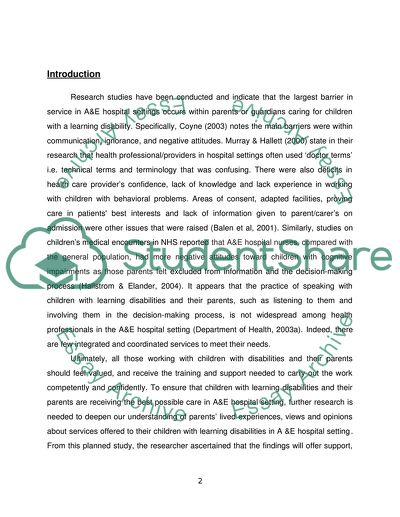Cite this document
(Providing Healthcare For Children With Learning Disabilities Research Paper, n.d.)
Providing Healthcare For Children With Learning Disabilities Research Paper. Retrieved from https://studentshare.org/education/1740807-research-proposal
Providing Healthcare For Children With Learning Disabilities Research Paper. Retrieved from https://studentshare.org/education/1740807-research-proposal
(Providing Healthcare For Children With Learning Disabilities Research Paper)
Providing Healthcare For Children With Learning Disabilities Research Paper. https://studentshare.org/education/1740807-research-proposal.
Providing Healthcare For Children With Learning Disabilities Research Paper. https://studentshare.org/education/1740807-research-proposal.
“Providing Healthcare For Children With Learning Disabilities Research Paper”, n.d. https://studentshare.org/education/1740807-research-proposal.


